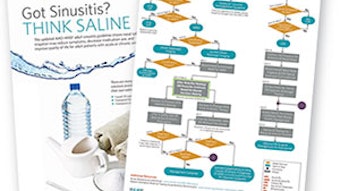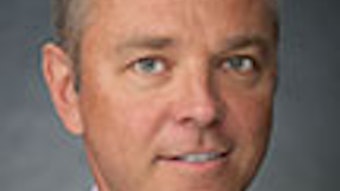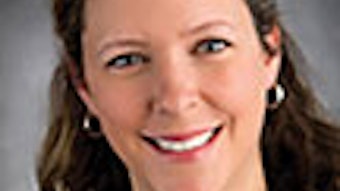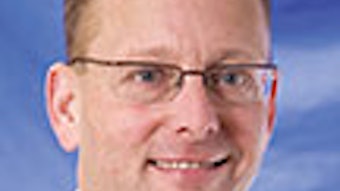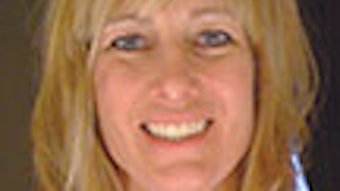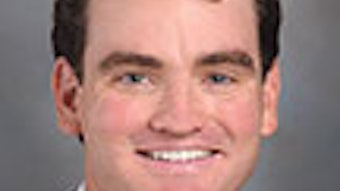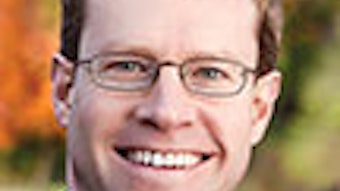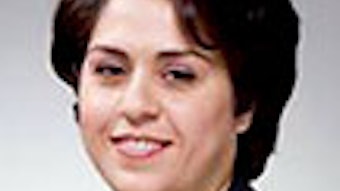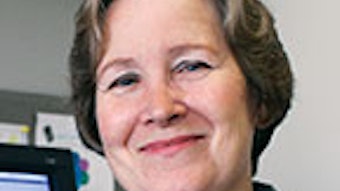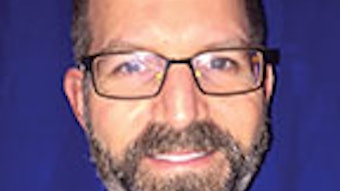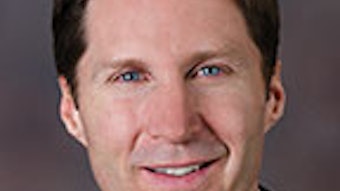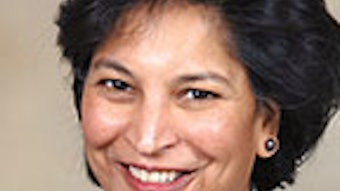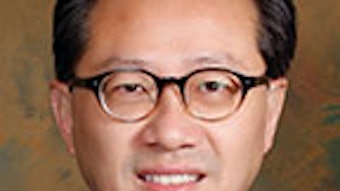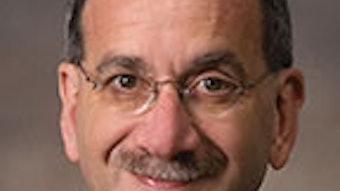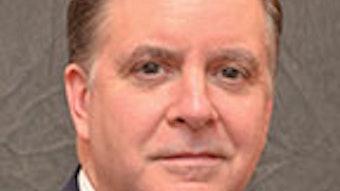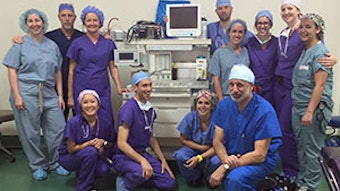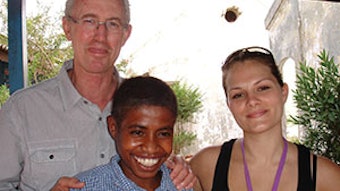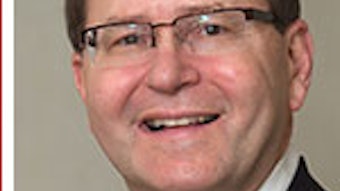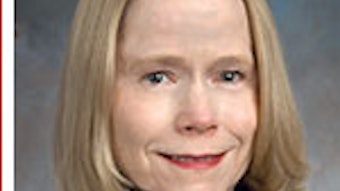Peanuts can be dangerous even if you are not allergic
We have seen a flurry of communication in the media and the medical literature about peanut allergy, specifically the concept that early introduction of peanuts to infants and young children may help prevent development of this serious food allergy.
By David E. Tunkel, MD, Chair, AAO-HNS Pediatric Otolaryngology Committee, and Director of Pediatric Otolaryngology, Johns Hopkins Institutions, Baltimore, MD
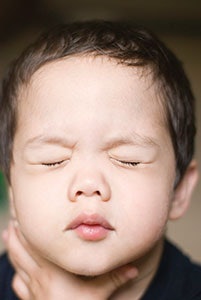 Tell parents that these young children do not have the molar teeth needed to grind nuts and seeds effectively, and that nuts are not for children under 4 years of age!
Tell parents that these young children do not have the molar teeth needed to grind nuts and seeds effectively, and that nuts are not for children under 4 years of age!We have seen a flurry of communication in the media and the medical literature about peanut allergy, specifically the concept that early introduction of peanuts to infants and young children may help prevent development of this serious food allergy. This attention to the peanut gives otolaryngologists the opportunity to emphasize and educate parents and caregivers about another well-known risk of the peanut—choking and aspiration of nuts by infants and young children.
Foreign body aspiration continues to be a danger to young children. A recent review of the Nationwide Inpatient Sample from 2009 to 2011 by Kim, et al., showed more than 1,900 pediatric admissions per year for a diagnosis of bronchial foreign body aspiration. Fifty-six percent of these admitted children had bronchoscopy, and 41.5 percent of those had foreign bodies removed. Even more concerning was the finding of a hospital mortality rate of 1.8 percent for the children admitted with a diagnosis of foreign body aspiration, and 2.2 percent of these children were diagnosed with anoxic brain injury. The average age of the children in this database review was 3.6 years.
A recent review of the “foreign body literature” by Sidell, et al., noted that food foreign bodies were the most frequent aspirated object in 94 percent of the 49 relevant studies. These authors also noted that seeds, nuts, and legumes were the most commonly aspirated food items. Peanuts were the “prime offender,” as the peanut was the aspirated object in the majority of the patients in 85 percent of relevant studies. A similar meta-analysis of pooled data by Foltran, et al., showed that nuts were the aspirated item 40 percent of the time, with 67 percent of children age 3 years or younger with a male preponderance.
Otolaryngologists often see young children with ear, sinus, and tonsillar diseases that can accompany environmental and food allergy. These encounters give us the opportunity to reinforce the efforts of pediatricians and primary care providers to inform parents and other caregivers about the risk of foreign body aspiration in infants and young children. Tell them that these young children do not have the molar teeth needed to grind nuts and seeds effectively, and that nuts are not for children under 4 years of age! If our pediatric colleagues start to recommend early introduction of peanut protein in an attempt to reduce risk of allergy to our young patients, emphasize that this should NOT include peanuts, tree nuts, or nut fragments.
References
- http://www.nytimes.com/aponline/2015/02/23/health/ap-us-med-peanut-allergy.html
- Kim IA, Shapiro N, Bhattacharyya N. The national cost burden of bronchial foreign body aspiration in children. Laryngoscope. 2014; Nov 1. doi: 10.1002/lary.25002. [Epub ahead of print]
- Sidell DR, Kim IA, Coker TR, Moreno C, Shapiro NL. Food choking hazards in children. Int J Pediatr Otorhinolaryngol. 2013; 77:1940-1946.
- Foltran F, Ballali S, Passali FM, Kern E, Morra B, Passali GC, Berchialla P, Lauriello M, Gregori D. Foreign bodies in the airways: a meta-analysis of published papers. Int J Pediatr Otorhinolaryngol. 2012; 76S:S12-S19.
- Gruchalla RS, Sampson HA. Preventing peanut allergy through early consumption—ready for prime time? NEJM. 2015; 372(9):875-877.

